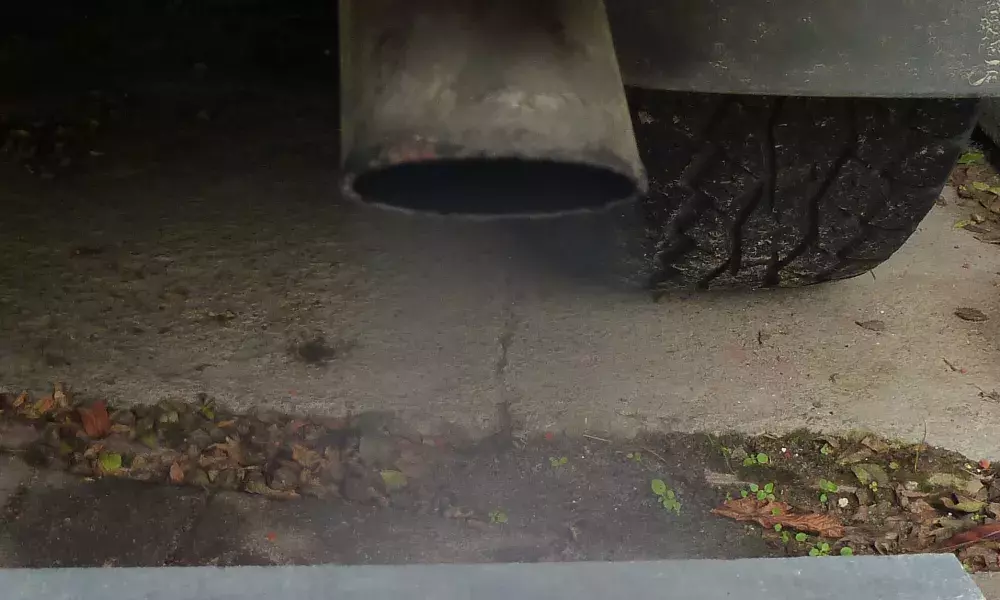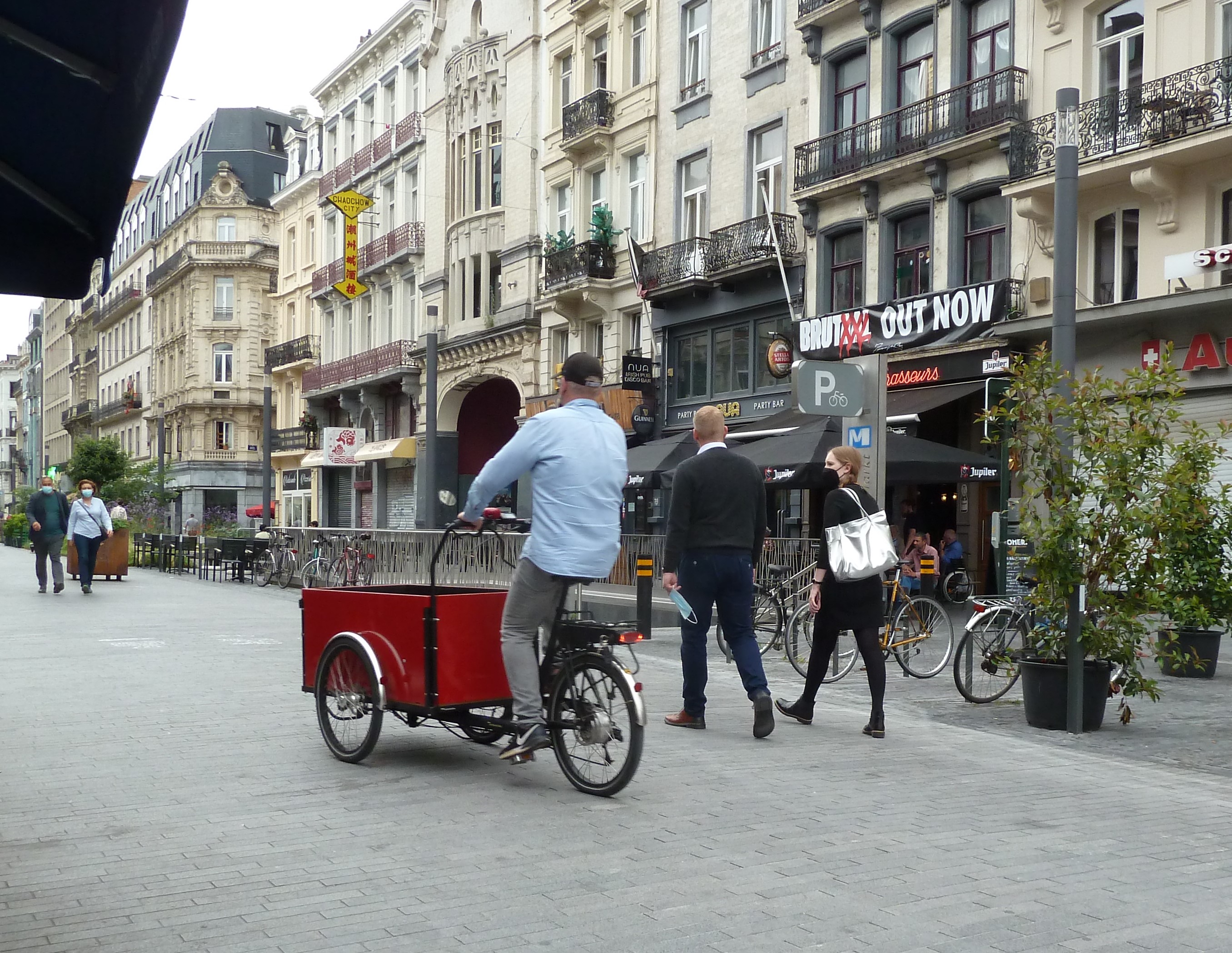
State of play
In the autumn of
The EU’s most recent estimates suggest that overall air pollution accounts for some 400,000 premature deaths across Europe every year, while the latest annual European Environment Agency
So what does that mean for the general public and society? On the whole people, certainly urban dwellers, are probably aware that the air they breathe is not an
A sad milestone, raising awareness and understanding?
In December
Building momentum for change
The EEA Air Quality Report maintains that policy intervention including European emission legislation is reducing ambient air pollution across the EU, which gives some ground for optimism looking forward. It seems then reasonable to assume that more bicycle use and walking, improved vehicle and fuel standards, increasing take up of electric and hybrid vehicles, reduced commuting and car ownership will continue to fuel a positive trend towards better air quality. Many schools across the Netherlands and Belgium are actively pushing the “STOP” principle for the school run (Stappen-Trappen-Openbaar Vervoer-Personenwagens/Walk-Pedal-Public transport-Private car) relegating private motorised vehicles to the position of last option. Policy making on sustainable mobility in the Brussels Capital Region is further underpinned by the A-S-I approach of Avoid/reduce-Shift/maintain-Improve, where priority is focussed more and more on active travel and public transport. In June 2021 the Regional government committed to excluding diesel-fuelled vehicles completely from Brussels streets by 2030. Here progressively stringent limits are set to reduce all fossil-fuel traffic (including motorbikes and scooters) from 2025-2035.
A pandemic transforming mobility patterns
The Corona virus has clearly had a devastating global impact in terms of mortalities and public health, on economic activity and general way of life. In Europe people’s daily transportation routines were dramatically transformed. Almost with a flick of the switch, experience changed for long periods to home working, low commute levels and reduction in car journeys, but also decrease in public transport use, transfer to active travel, virtually no conference tourism, air transport grounded. Without imagining that these behaviour patterns will completely persist as the pandemic eases, this has shown that there are valid and potentially acceptable alternatives to business as usual. Particularly in relation to the zero pollution ambition of the EU Green Deal and air quality issues, Covid 19 has provided an important opportunity to review and adjust traffic and transport practices and associated emission levels before simply pressing the reset button. The Covid “condition” has also moved the goalposts somewhat, for instance what effect does poor air quality have on aggravating infection, transmission and health perspectives?
Brussels driving the shift to clean air
The Brussels Capital Region has been consistently active in identifying air quality as a key challenge from an early stage. From its inception as Regional Authority, it has progressively promoted traffic calming measures, developed a regional cycle network, introduced a Low Emission Zone and
Conclusion
Mobility management promoting modal shift from fossil-fuelled vehicles to

About this resource
The Urban Innovative Actions (UIA) is a European Union initiative that provided funding to urban areas across Europe to test new and unproven solutions to urban challenges. The initiative had a total ERDF budget of €372 million for 2014-2020.
Similar content




